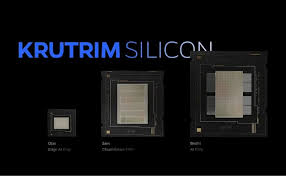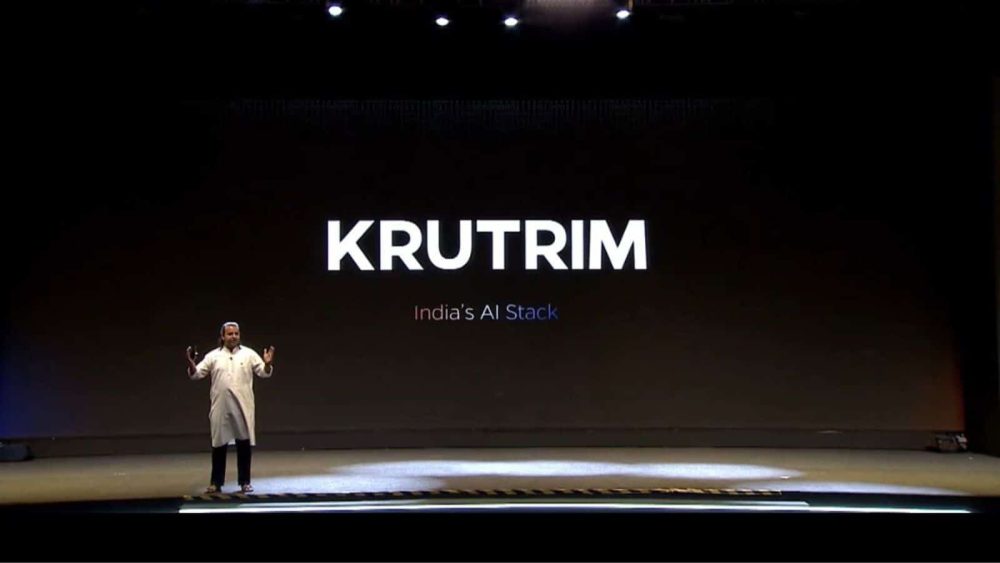In a surprising development that has garnered significant attention within the tech industry, Ola Electric—an Indian company primarily recognized for its electric scooters and ride-hailing services—has announced its entry into the AI hardware market. This move aligns with India’s increasing ambitions in artificial intelligence.
Ola Electric is set to launch a new family of AI chips, with the first models scheduled for release in 2026. The initial lineup includes three distinct chips: Bodhi 1, Ojas, and Sarv 1. Notably, Bodhi 1 is distinguished as the first AI chip designed and manufactured in India, marking a major milestone for the country’s tech sector. Bodhi 1 is tailored for AI inferencing and aims to excel in applications involving large language models (LLMs) and high-performance vision processing. Ola Electric claims that Bodhi 1 stands out for its power efficiency, an important attribute given the growing energy demands of AI systems.

India’s First AI Chips to Come from Ride-Hailing Company
READ MORE: NDMA Warns of Heavy Rainfall and Flooding
The second chip, Ojas, is intended to address the increasing need for edge AI solutions. It is versatile and can be used in a range of applications, including automotive, mobile, and Internet of Things (IoT) sectors. Ola plans to integrate Ojas into its future electric vehicles, where it could enhance features such as charging optimization and advanced driver assistance systems (ADAS).
The third chip, Sarv 1, is a general-purpose server CPU based on the Arm instruction set. It is designed to meet the rising AI computing demands in data centers.
Ola Electric has showcased impressive performance and power efficiency for its chips, even making direct comparisons to Nvidia GPUs, a leading player in AI hardware. However, some industry analysts have noted key missing details in the presentation. Notably, Ola did not specify which Nvidia GPU model was used for comparison, and the company has yet to reveal the semiconductor fabrication process for its chips. These omissions have led to some skepticism among observers about the overall viability and performance of Ola’s new AI hardware.




